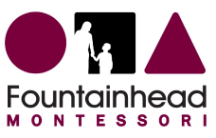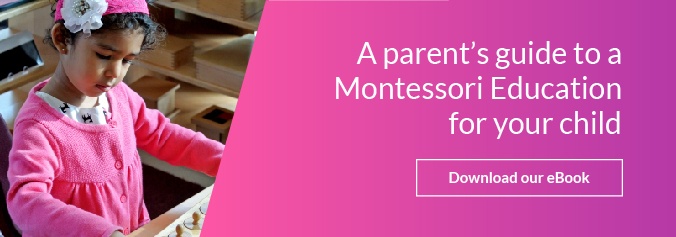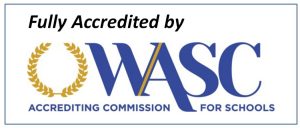Montessori programs are different than public programs in several ways. As you learn more about the philosophy of Montessori education you will gain a deeper understanding of the importance of these differences. Elements that set Montessori Programs apart from public programs include the student to teacher ratio, layout of the classroom, grouping of the students, design of the lesson plans, and the goals for education.
Student to teacher ratio
The student to teacher ratio in Montessori programs is much smaller than in public programs. There is simply not enough space, teachers, or resources to keep the class size in public programs small. There are several benefits that come with a small student to teacher ratio. One of the most valuable benefits that come with small class sizes is the individualized observation and attention that each student receives. Teachers in Montessori programs can get to know each student and learn how to meet the needs of the individual.
Layout of the classroom
The Montessori classroom is set up differently the most public classrooms. The Montessori classroom has stations throughout the room where students spend time working individually, in pairs, or groups. Individual and small group learning allows students to move through topics at their own pace. This flexibility provides gifted students with the opportunity to move on to more challenging concepts while allowing anyone who is struggling to continue with a concept until mastery is achieved.
Grouping of the students
In Montessori programs, classrooms are mixed ages. Students within a certain age range are put together. The age range allows older students to cement their learning on a topic by helping their younger peers learn some aspect of the concept. Also, younger students can learn from observing their older peers in the classroom. Students also learn valuable lessons on how to interact with others who are either younger or older.
Design of the lesson plans
The design of the lesson plans in Montessori programs set them apart from public programs. In public schools, teachers are bound by a very narrow set of standards as they design lesson plans. They must create plans that meet those criteria and are at a level that the average student can understand. In Montessori programs, teachers have the freedom to create individual learning plans that are customized to the needs and learning styles of each student. These plans provide each student with what he or she needs to excel.
Goals for education
The overarching goal of Montessori programs sets them apart from public programs. The main goal of the Montessori Method is to educate children in such a way that they become successful in life. The goals of public programs are dictated by outside forces that often emphasize standardized testing. Unfortunately, the focus of many public programs has become teaching students how to take those specific tests. These types of tests are focused on the short term reputation of the school instead of the long term success of the student.
The five elements mentioned here help set Montessori programs apart from public programs. There are many more reasons to consider Montessori education for your child. You can learn more about everything that Montessori has to offer by reading through some of the resources provided in the parent library on the Fountainhead Montessori website.












Let us know what you think about this post
Put your Comment Below: